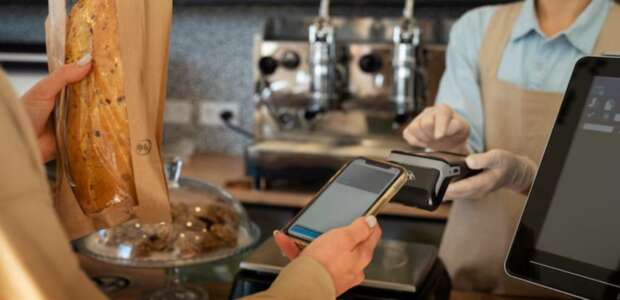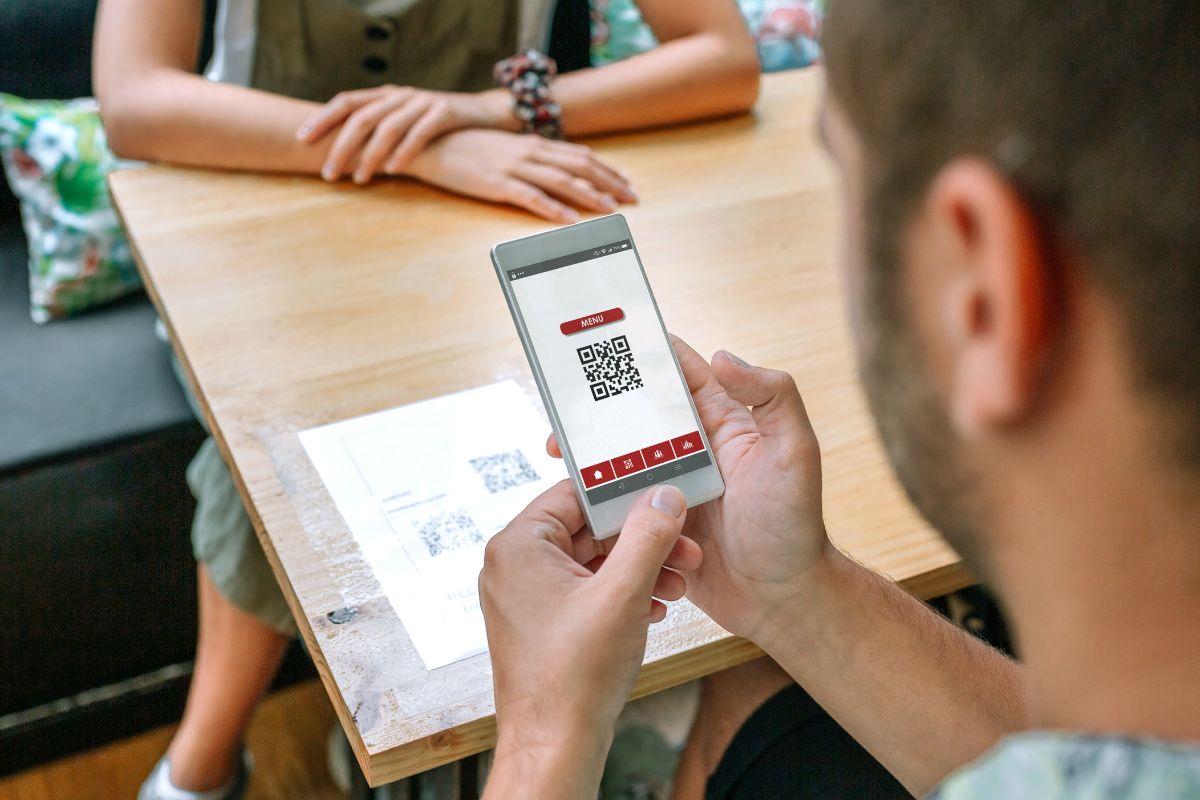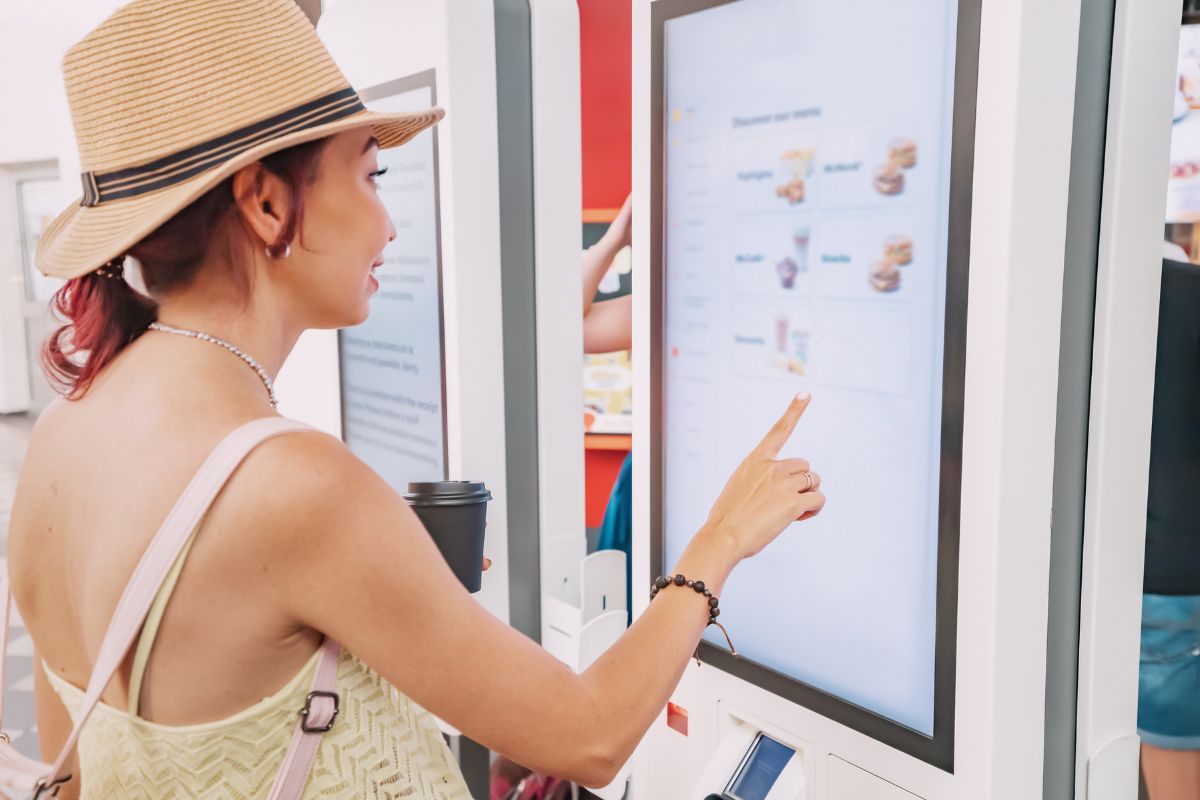
2024’s Essential Tech For Restaurant Efficiency
Posts by StephenApril 11, 2024
A recent National Restaurant Association (NRA) report revealed that 76 percent of restaurant operators said adopting technology gave them a competitive edge.
Conversely, many restauranteurs believe they could do more to stay abreast of technological advancements, as 64 percent consider their technology use mainstream.
They reckon the restaurant industry is still far from becoming a tech-centric sector.
Technology innovations have unlocked new opportunities to elevate your restaurant’s growth.
However, the right tech must balance customer experience, top-notch hospitality, and employee satisfaction.
In this guide, we’ll list the restaurant technologies to watch out for in 2024. But first, let’s discuss why these tools are worthwhile investments.
How Technology Enriches Restaurant Efficiency
Technology helps enrich your restaurant efficiency through the following benefits:
It Enhances Operational Efficiency
Most restaurant technologies have automation functions, helping streamline your daily operations.

These features can reduce the time spent cross-checking and finding information and increase order accuracy.
For example, staff, servers, cooks, and kitchen workers can easily import restaurant data, such as menus, reservations, and table arrangements. You can even update them immediately as things change.
Also, when the restaurant gets busy, your staff can communicate clearly. Rather than shouting, which can disrupt the workflow, the systems notify everyone with all the necessary information in a central database.
It Upscales Customer Service
Restaurant tech enables you to provide various ordering options, simplifying the ordering process. These functions let customers order food directly after entering your restaurant or at their tables.
For example, guests can use tablet menu systems to browse your menu and send their orders without going to the counter.
Some restaurant technologies even integrate allergen and nutritional information, which are helpful for individuals who have allergies or are food-conscious.
Such devices also have payment processors that let customers complete their transactions quickly, boosting table turnover. This way, you can efficiently accommodate customer influx during peak hours.
It Helps Manage Inventory And Can Be Cost-saving
With an automated inventory system, you can regularly monitor your stocks, ensuring you won’t overspend on ingredients and equipment.
You can also budget more accurately and acquire insights into the best-performing products.
At the same time, it can be cost-saving, particularly for labor costs.
Labor is one of the significant expenses for restaurants. Restaurant technologies allow for efficient labor management by providing detailed information about labor costs.
For instance, you’ll receive insights into staffing costs during busy and quiet periods. You can make informed decisions about staff allocation and scheduling, preventing overstaffing during slow times and understaffing when it’s busy.
Thus, you can minimize unnecessary staffing costs by ensuring the allocation is aligned with the demand.
It Curbs Employee Turnover
Investing in restaurant technology can help improve employee satisfaction.
For example, you can assign people with the right skills to the appropriate shifts. Your staff can also receive their daily, weekly, or monthly schedules in advance to plan for personal endeavors, encouraging work-life balance.
Moreover, you can take some pressure off from juggling responsibilities. Your employees won’t have to worry about manual order placements, inventory checks, or sales tracking, as they are automated.
This reduction in manual workflows allows them to focus more on providing quality customer service.

Tech Tools For Restaurants
Here are the essential restaurant technologies you should invest in 2024:
POS Systems
Point-of-sale, or POS systems, combine hardware, software, and payment integrations to make sales. These systems exist at physical and virtual points of sale.
Handheld POS systems are emerging POS mechanisms for restaurants. These compact devices allow staff and customers to manage transactions at the table and quickly transmit orders to the kitchen.
They also have payment features that reduce the back-and-forth running for payments, dropping off checks, and returning receipts.
Software Solutions
Software solutions are digital programs that automate mundane and time-consuming tasks. They aim to streamline processes and maximize productivity.
Software for restaurants is designed to simplify order taking, inventory tracking, table management, and employee scheduling. These solutions have various platforms, including:
- POS systems
- Order management software
- Online ordering and delivery software
- Reservation software
- Scheduling software
- Customer relationship management software
- Accounting software
However, comprehensive restaurant management solutions like SpotOn combine all these functions for unified and seamless supervision.
Online Ordering Systems
Online ordering systems like DoorDash and Uber Eats have been available pre-pandemic. However, recent years have strengthened the interest in these platforms because of their convenience.
These channels enable customers to place orders directly from your restaurant’s website, mobile app, or food delivery services like Uber Eats.
Add call-to-action buttons like “Order Now” or “Online Ordering” to the main navigation bar for your restaurant’s website. Homepage popup alerts can also help entice visitors to place orders.
Website
Websites help establish an online presence.
Your website is even the first contact point for many customers. It’s a virtual host where guests seek the following information:
- Menu
- Location
- How to place an online order
- Contact information
- Making reservations
Straightforward call-to-action buttons also help increase conversions by connecting guests with your restaurant faster. Additionally, mobile responsiveness is paramount to creating a positive user experience.
The right website builder is crucial in your website development process. You must choose a hospitality-focused provider that lets you easily update menus, change information, and add promotions.
Digital Merchandise Store
Selling online gift cards and merchandise helps diversify your revenue streams and provides more opportunities to amplify your brand awareness.
The advantages of gift cards include enticing discounts, exclusive deals, complimentary dishes, and upselling opportunities, encouraging repeat business.
Additionally, merchandise like hats, t-shirts, tumblers, cookbooks, and glassware are popular with customers who love collectibles.
However, you don’t need to be an apparel retailer to perform well. You can sell merchandise like at-home meal kits and pantry items like dry goods, bottled sauces, and spice rubs.
QR Codes
QR codes store URLs and other information that smartphone cameras or scanners can read.
Brick-and-mortar diners scan these codes using mobile devices to access your menu, place orders, and pay. On your end, this can save time and labor by receiving dine-in orders and payments digitally.
Even if you return to taking tableside orders, you can optimize the dining experience by using tabletop QR codes.
This approach enables you to update your menus digitally in real-time. Plus, diners can conveniently browse the menu once they’re seated.

Self-order Kiosks
Self-order kiosks are touchscreens that let diners place orders independently. They can pay directly at the kiosk or pay with cash at the counter without waiting for their orders to be transmitted to the kitchen.
These devices help make ordering processes faster, reduce waiting time, and ensure more accurate orders.
They also let you update your menus and pricing straightforwardly. Moreover, they can minimize your staff’s workload so they can focus on customer service and dish preparations.
Kitchen Display Systems
Kitchen display systems are digital screens displaying incoming orders. They often consist of ordering terminals and integrations with on- and off-premise platforms.
You can integrate these displays into your POS systems and restaurant management software.
While they’re not necessarily required for restaurants, having one can be helpful during high volumes of foot traffic and online orders.
Robots
Restaurant robots are AI-powered machines that can prepare and serve meals. They can even provide customizations for a more personalized dining experience.
Examples of restaurant robots include:
- Cooking robots (frying and flipping burgers)
- Delivery robots (for delivering orders to the table)
- Bussing robots (for table cleaning and carrying dishes back to the kitchen)
- Bartending robots (for mixing and serving drinks)
- Host robots (for welcoming and greeting guests)
Virtual And Augmented Reality
Virtual and augmented reality (VR and AR) are not limited to gaming. Restaurants now leverage these technologies to provide digital menus where customers can visualize their options before placing orders.
At the same time, they can provide virtual experiences of your restaurant. Diners can take virtual tours to gain a sense of the ambiance and layout before stepping foot inside.
This immersive preview fosters customer engagement and helps entice people to visit your restaurant for the brick-and-mortar experience.
Invest In Restaurant Tech Today
The prevalence of restaurant technology highlights the growing demand for enhancing employee productivity, operational efficiency, and customer retention.
As such, investing in the tools above allows you to meet contemporary dining expectations while innovating your operations.
This strategic integration addresses industry challenges and sets the foundation for a future-proof restaurant with lasting adaptability and growth.
